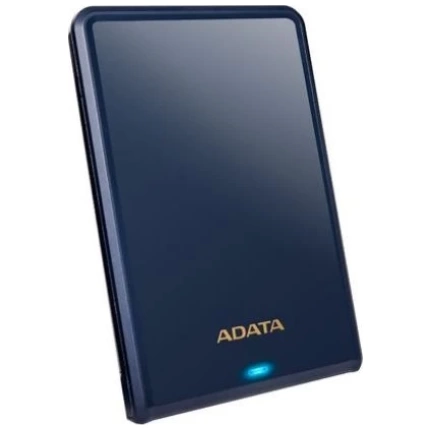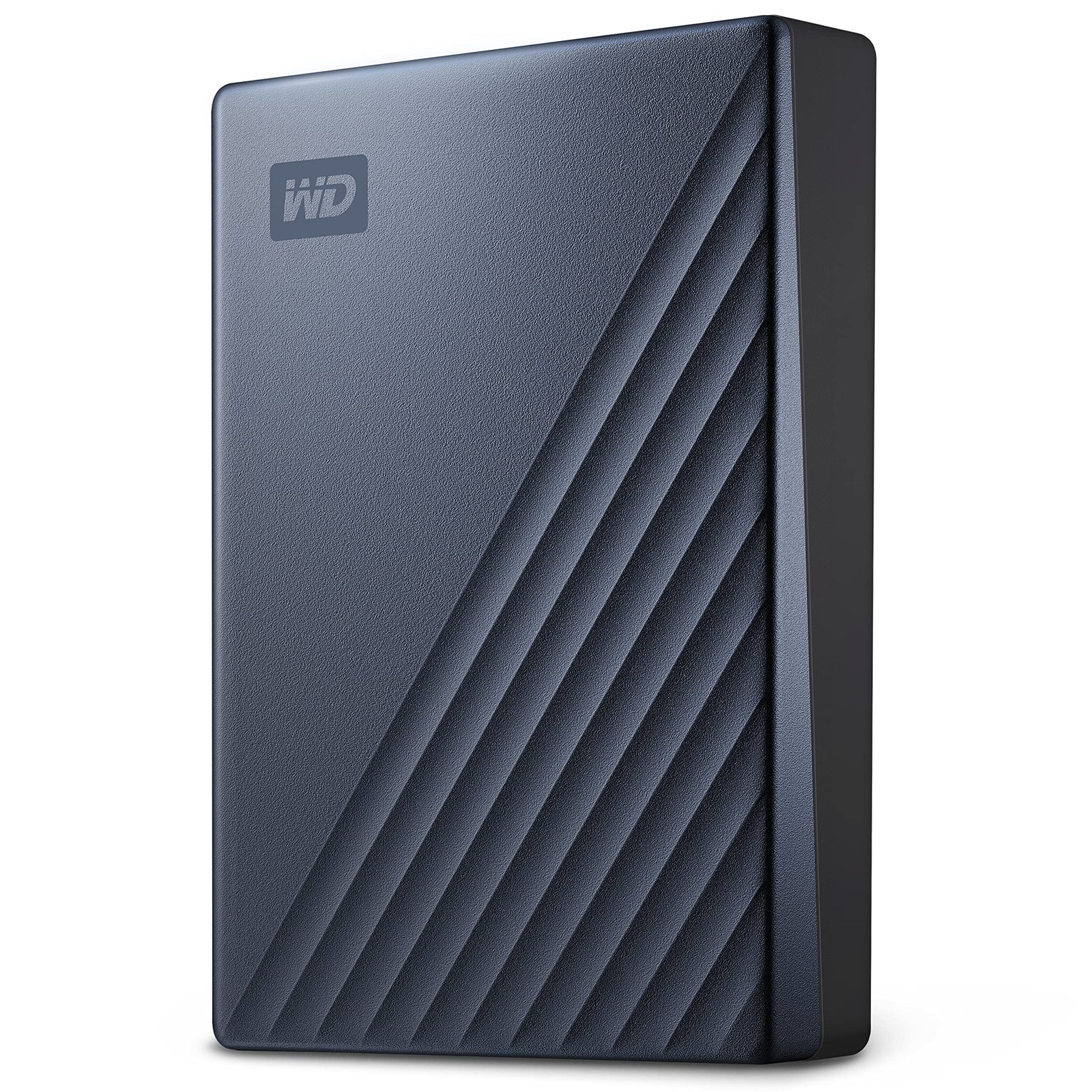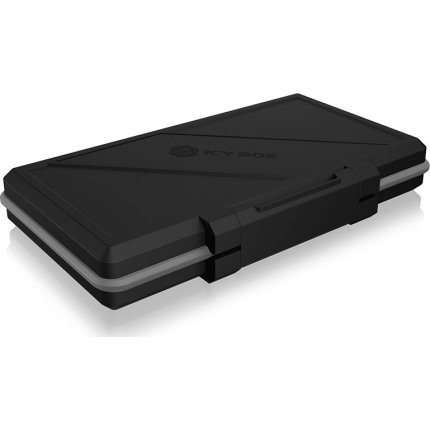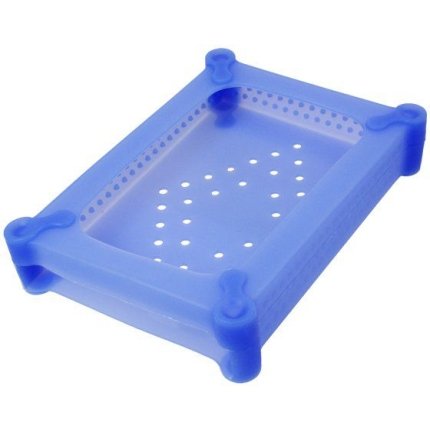Data Storage
Data storage is an essential part of the modern world. It allows us to store large amounts of data in a secure and efficient manner, making it easier for us to access information when we need it. Data storage can be done either physically or digitally, depending on the type of data being stored and its purpose.
Physical data storage involves using physical media such as hard drives, tapes, CDs/DVDs, USB flash drives etc., while digital data storage uses electronic means such as cloud computing services or databases hosted on servers connected via networks like the Internet. Physical media are more reliable than digital solutions because they cannot be corrupted by hackers or viruses; however they require more space and resources for maintenance compared to their digital counterparts which are often cheaper but vulnerable to cyber-attacks if not properly secured with encryption techniques like SSL (Secure Sockets Layer).
Digital technologies have revolutionized how we handle our personal information from banking details to medical records – allowing us quicker access times than ever before without having worry about security issues that come with physical mediums due lack of encryption protocols used in most cases. Digital technology also makes sharing files much simpler since you don’t have manually transfer them through various devices unlike traditional methods where one would need several different types hardware components just move files around from place another – this could take hours sometimes even days! Finally digitizing documents provides better organization capabilities so users can quickly find what they’re looking without having search through hundreds paper copies all over again every time something new comes up related particular topic area .
Overall ,data Storage has become increasingly important factor today’s society thanks advancements both physical & digital forms available nowadays . Not only does make life easier those who use these systems regularly but also helps protect sensitive material against unauthorized access misuse potential disasters that might occur due natural causes other unforeseen circumstances .
What are the 3 types of data storage?
Data storage is an essential component of any computing system, as it stores information that can be used by applications and users. There are three main types of data storage: primary, secondary, and tertiary. Each type has its own advantages and disadvantages depending on the application or user's needs.
Primary data storage refers to memory devices such as RAM (random access memory) or ROM (read-only memory). These types of memories are volatile in nature; they lose their contents when power is removed from the device. Primary data storage provides fast access times but does not provide a permanent record for long-term use since it must be continually refreshed with new content to remain active in the system’s operations.
Secondary data storage consists mostly of hard disk drives that store large amounts of information even when there is no power supplied to them. This type offers much higher capacity than primary memories but slower speeds due to mechanical components involved in accessing stored information compared with electronic ones found within primary memories like RAM chipsets or flash drives . Secondary storages also offer better reliability through redundancy schemes where multiple copies can exist at once so if one fails another will still hold your valuable files intact until you replace them again into serviceable condition .
Tertiary forms include optical discs like CD/DVDs which store large amounts permanently while providing relatively slow read/write speeds due to physical limitations associated with disc spinning mechanisms which need time for rotational delays before actual writing takes place onto these media formats . They usually come prerecorded thus offering limited flexibility when creating custom content , yet they make up for this limitation by being very inexpensive per byte basis versus all other options available today including magnetic tapes which have been around since 1950's era computers were first invented - although tape technology evolved significantly over years , its usage diminished greatly after introduction HDDs during early 1980s making those more appealing choice among consumers worldwide ever since then till present day
Which are used as data storage?
Data storage is an integral part of any modern computing system. There are a variety of different types of data storage, each with their own advantages and disadvantages. In this essay, we’ll discuss three common forms of data storage: hard drives, solid state drives (SSDs), and cloud-based solutions.
Hard drives are the oldest form of digital data storage; they have been used in computers since the 1950s. Hard disk drives store information on spinning disks coated with magnetic material; when electricity passes through these disks, it creates a field that stores bits representing 0s or 1s—the smallest unit for storing digital information known as binary code—which can then be read by your computer's processor to access files stored on them. Hard disk drive technology has come along way over the years; newer versions offer higher capacities than ever before while also being more reliable and energy efficient than older models were capable of achieving. Despite advances in other forms if technology though hard drive remain one oft he most popular methods for storing large amounts off date due to their cost effective nature and relatively low failure rates compared toe some other options available today .
Solid State Drives (SSD) use flash memory chips instead off spinning platters like hard disk doe which makes them faster at accessing date but also more expensive per gigabyte . SSD's don't contain moving parts so they're much less prone too mechanical failures , meaning you can expect better reliability from these type off devices as well as lower power consumption during operation making them ideal for mobile applications such ass laptop computers where battery life is important factor . Additionally , because SSD's lack moving parts there reading speeds ore significantly faster then those offered by traditional HDD'S allowing you quick access to files stored onto your device without having wait long periods time
Finally , cloud based solutions allow users store all there essential documents online using third party services like Dropbox Google Drive or Apple iCloud thus freeing up space on local devices while providing easy accessibility from anywhere around world provided user has internet connection present this option offers great flexibility especially if multiple people need access same file simultaneously however security remains major concern many organizations not wanting trust sensitive information hands unknown companies despite assurances privacy given by service providers themselves
What is the most common data storage device?
Data storage devices are essential for storing and accessing data, whether it is in the form of digital documents, images or videos. The most common data storage device is the hard disk drive (HDD). An HDD consists of one or more rigid disks that spin at high speeds within a sealed casing to store information magnetically on their surfaces. This makes HDDs an ideal choice for large-scale data storage applications such as personal computers and servers because they provide fast access times to stored files compared to other forms of media like optical discs.
In addition to HDDs, solid state drives (SSD) are becoming increasingly popular due to their higher performance capabilities over traditional spinning platter hard disk drives. SSDs use non-volatile memory chips instead of magnetic recording heads which eliminates any latency associated with moving parts found in mechanical hard drives resulting in faster read/write speeds and improved reliability over time since there are no physical components that can wear out from regular usage like an HDD would experience if used frequently enough. Furthermore, SSDs consume less power than HDDs making them ideal solutions for laptop computers where battery life is important as well as mobile devices where space constraints may be present preventing larger capacity internal components from being installed inside the device itself .
Lastly , USB flash drives have become increasingly popular due its small size yet still offering decent amount amounts off available storage space depending on model chosen . They also offer convenience when transferring files between different systems without having need install anything onto target machine since all you need do plug into interface port located either side unit itself before proceeding transfer desired content back forth respective machines involved process . It's this ease use has made USB flash drive extremely desirable among consumers who don't want hassle dealing setup multiple external peripherals just get job done quickly efficiently possible given circumstances hand at moment time period question asked regard what most common type off date store age device answer clear simple wide range options mentioned above each providing unique benefits advantages own right therefore really depends person needs determine best solution fit particular situation accordingly
































































































